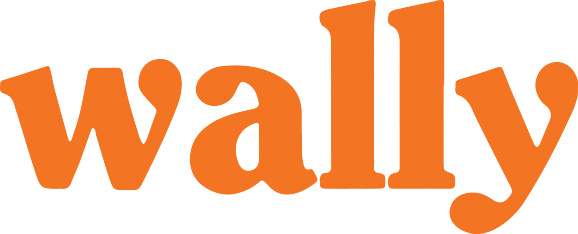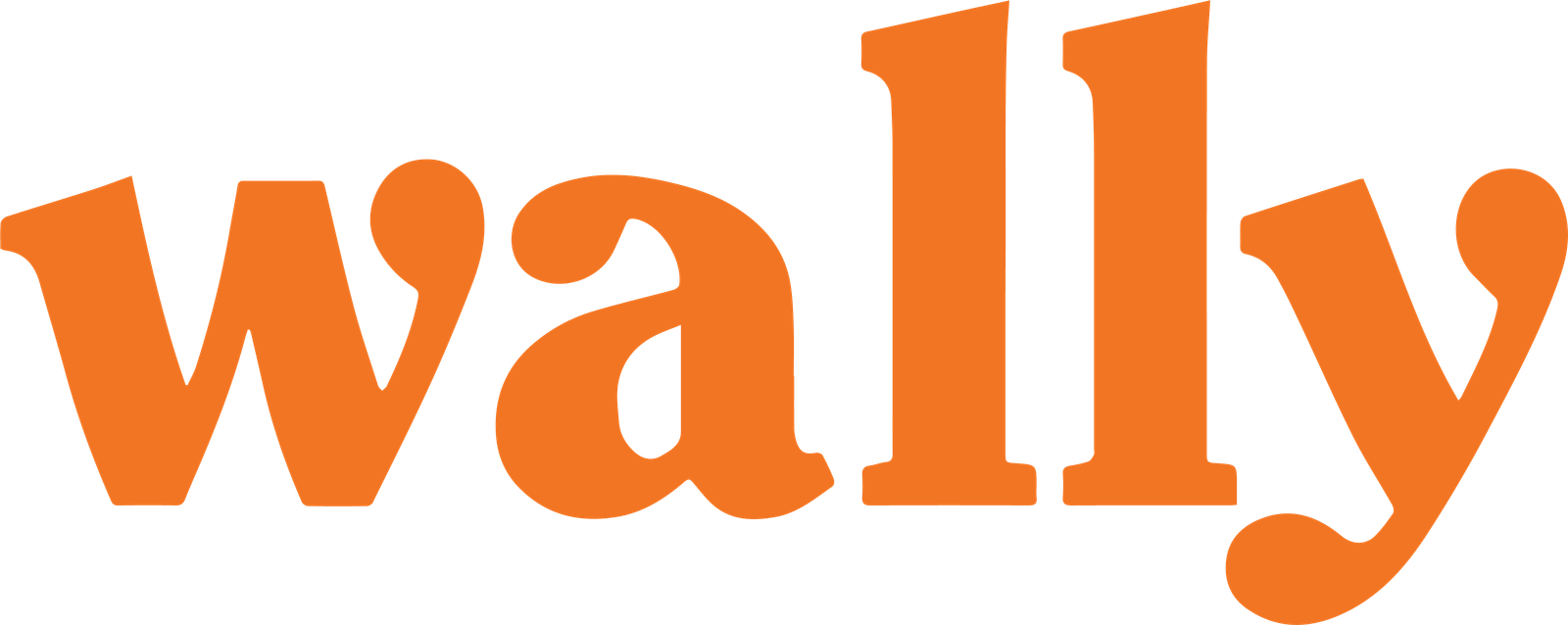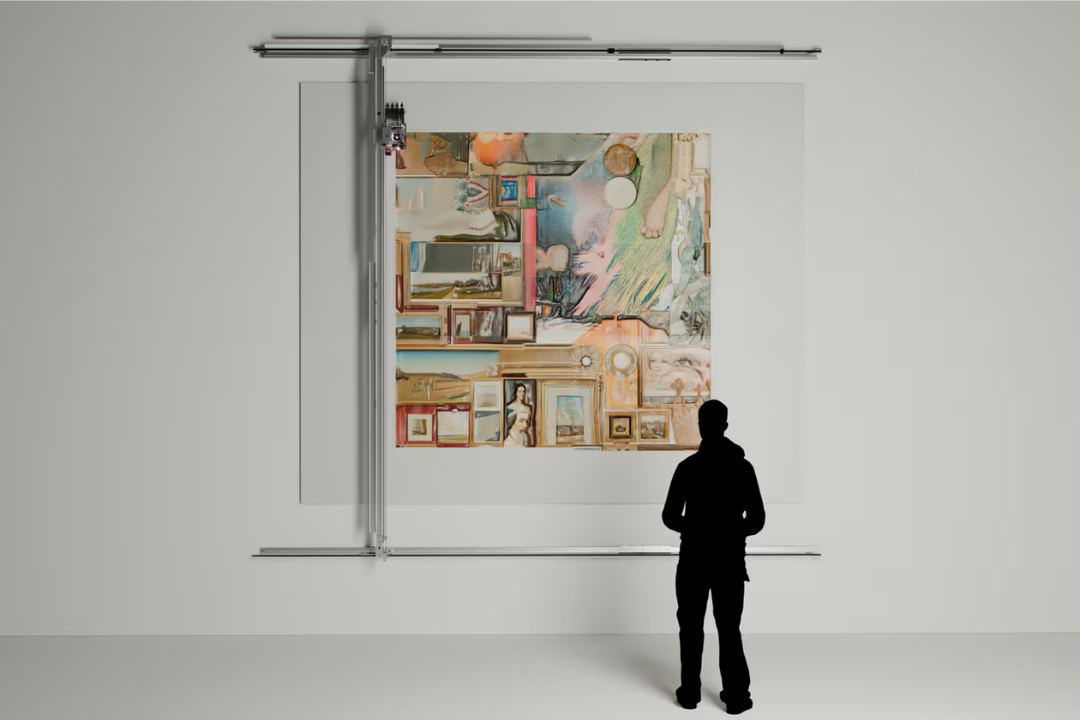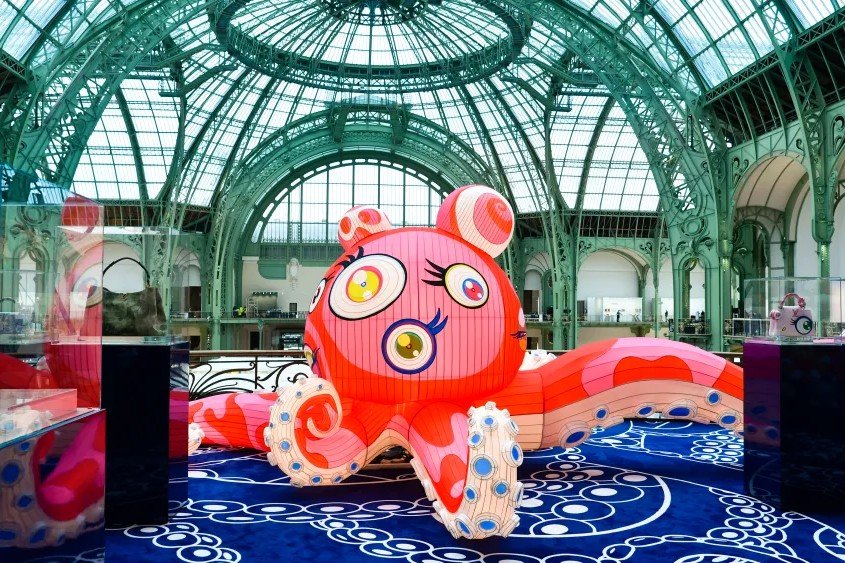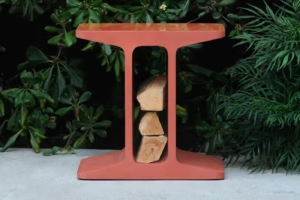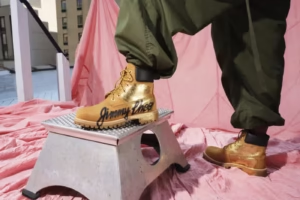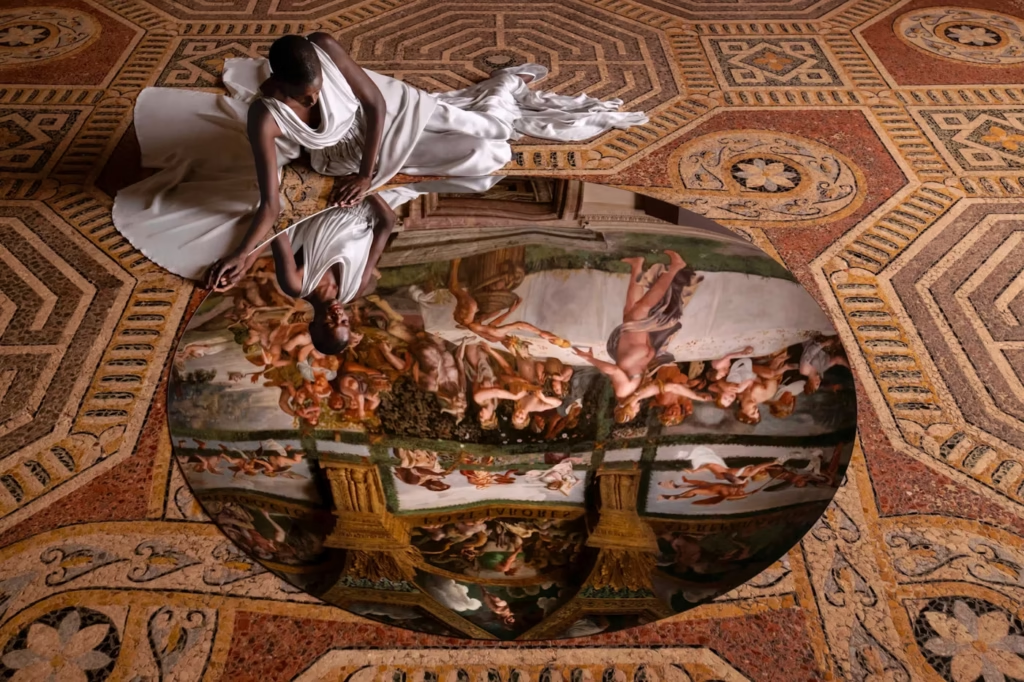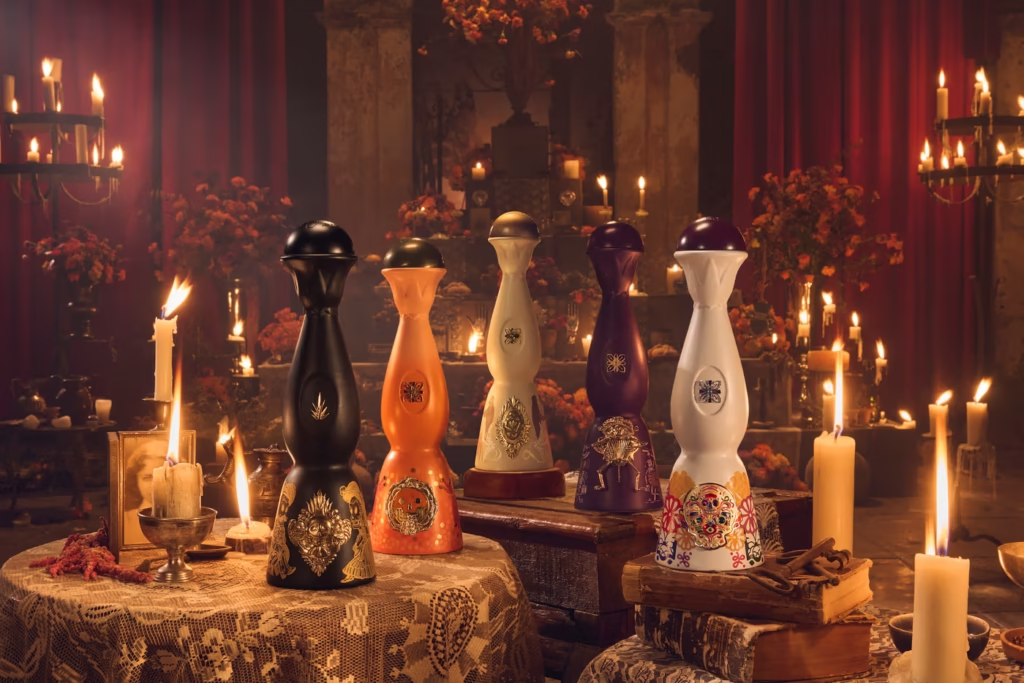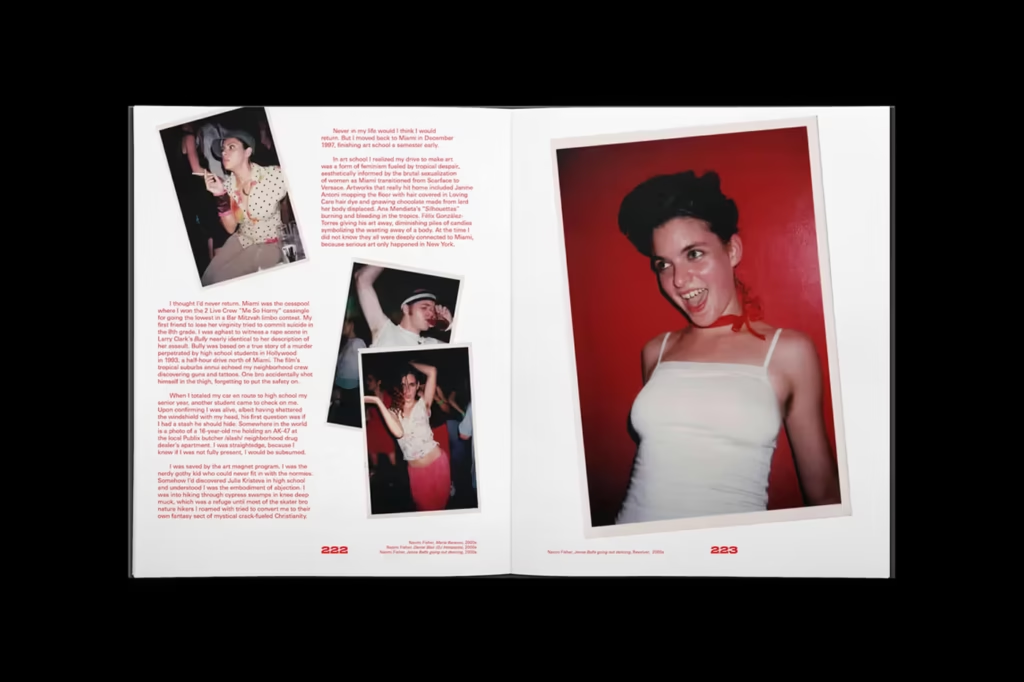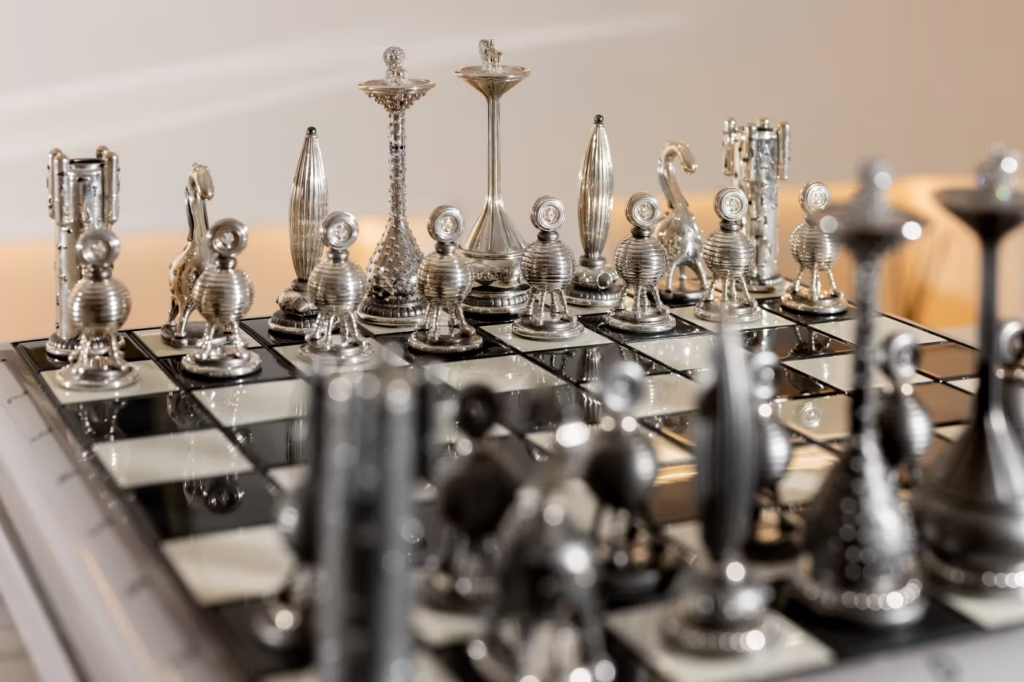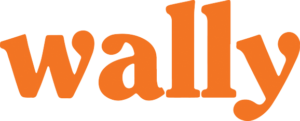Christie’s auction house, which is considered one of the most prestigious in the world, is breaking new ground by hosting an exclusive AI art auction titled “Augmented Intelligence” for the first time. The event will be held from February 20 to March 5 at the Rockefeller Center Gallery in New York. This event is a stupendous achievement in the field of art and technology, but it has also stirred a huge controversy in international art circles. More than 5,000 artists have put their signatures to an open letter calling out Christie’s for their part in the promotion of drawings created using AI, raising the issue of the need for the continuation and nature of AI in art.
The Controversy Surrounding AI Art at Christie’s
Christie’s AI Art auction faces controversy due to the concern that artificial intelligence is starting to interfere with human creativity. The critics believe that AI-modeled art is not comprehended as traditional art that includes emotional depth, intent, and authenticity. Additionally, thousands of artists who signed the open letter ratified a claim against Christie’s for devaluating human art through masterpieces created with AIs that have been declared as evenly genuine art pieces.
This dispute underscores greater worries about the manipulation of technology that is affecting various industries, particularly the creative ones. AI is considered as a threat to artists who think that AI would result in depreciation of the value of traditional art forms and end up with them losing their jobs because they will have a competition of a quantity of AI-produced works which are less expensive and faster to reproduce.
What Is AI Art?
AI Art denotes a type of paintings with the help of artificial intelligence programs. These products are educated on huge amounts of knowledge that already exist in art to make new artworks that are more similar to the various styles, techniques, or themes. There is a group of people that take the position of AI as an instrument for the creative and the act of experimenting, yet others are worried about it being a threat to the authenticity, cultural meaning, and importance of art.
Why Is AI Art Controversial?
- Lack of Human Emotion: Instilled in the critics’ criticisms is the idea that Artificial Intelligence has no emotional life to share with art the way human artists do.
- Copyright Concerns: A significant number of AI software is trained on databases containing copyrighted works and not all stock holders are of the opinion that it does not raise ethical issues regarding ownership and originality.
- Economic Impact: The development of AI-collected art can spoil the way of the regular art market and cause the craftsmen, who use their arts as a source of living, to lose their job.
- Cultural Implications: Art is always a mirror of human nature and culture. Others think that the overdependence on technology may weaken this bond.
Christie’s Role in Shaping the Debate
Christie’s through hosting its first AI Art auction, not only does it embrace technological advances but also it fuels communication about what art means in the digital age. This is the first time Christie’s has done something like this, in fact, in 2018, the auction house sold an AI-generated portrait titled “Edmond de Belamy” for $432,500, which was out of the blue. Although many eclipses have been recorded throughout history, the current one has attracted the most criticism due to the abrupt manner in which it has been deployed within the context of traditional artists versus tech based innovations.
The Promise and Perils of Augmented Intelligence in Art
While many artists doubt the use of the AI application, others see this as an opportunity to break new ground in art:
- Accessibility: A turtle sculpture made from old farm equipment, a huge mosaic made from soda can tabs, and a bamboo sculpture are examples of art produced by Iowa grown artist Jane Bunker using her artistic skills but also incorporating the help of AI to the extent of the need of AI.
- Collaboration: Some artists employ AI as a collaborating tool in order to challenge traditional art making practices and open up new modes of self-expression.
- Innovation: The adoption of art through technology might possibly result in completely new genres and styles which in term could replace old paradigms.
Nevertheless, these hypothetical benefits do not cancel out the serious problems raised by skeptics. The enigma is how close can AI to the human brain in terms of creating or replacing artistic ideas.
Key Details About Christie’s AI Art Auction
- Event Name: Augmented Intelligence
- Location: Rockefeller Center gallery, New York
- Dates: February 20 – March 5
- Backlash: Over 5,000 artists have signed an open letter opposing the event due to concerns over authenticity, ethics, and economic impact.
Conclusion: A Defining Moment for Creativity
At the aforementioned auction, Christie’s decision has triggered a very intense issue that makes many professionals and ordinary people get involved in the pros and cons of AI in art. Among the advantages, we can notice the promotion of innovation, but on the other hand, these extremely new methods are seen as enemies of the old artistic traditions and crafts. The advancement of technology, with its numerous implications, is something that requires society to confront head-on deep and essential questions related to creativity and authenticity and what it means to call oneself an artist in the world of digital.
